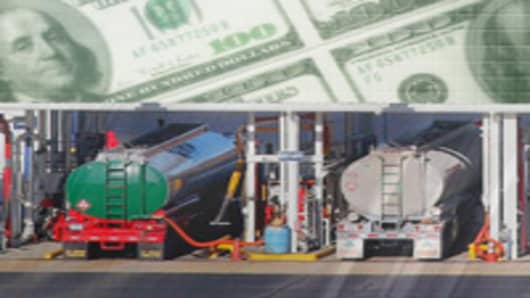Natural gas prices began the week with a whimper instead of a bang, closing yesterday 1.8% lower at 5.625. That marks the third consecutive day the bulls have failed to break out higher. Of course, prices remain at their highest point since October, when they actually crossed 6.00, so we are not taking yesterday’s trades too seriously. After dipping in the morning, prices couldn’t break through support at 5.630, hovering around 10 ticks above.
Last week the US Government reported that net commercial crude oil stocks saw a large draw. Much of that decline came from a second consecutive >5MMbbl draw in the Gulf Coast (PADD 3). We also saw a big draw in the West Coast (PADD V). This was enough to push prices off their 9 day losing streak (the longest consecutive string of down days since 2001) and safely above the $70 psychological barrier.
Of the major products, No.2 oil supplies dropped by 2.98 MMbbls (-1.8%) to 164.4 MMbbls. The bulk of the draw accrued on the heating oil side of the ledger. Heating oil stocks in the East (PADD I) fell, but given the plunge in temperatures, this is hardly surprising. Conversely, severe winter storms across heavy population centers discouraged demand for transportation fuels. Supplies of gasoline rose by a seasonal 0.88 MMbbls or 0.4% to 217.2 MMbbls, the highest level since April.



